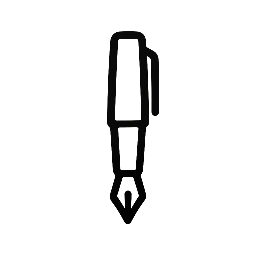Finding effective lawn weed and feed products nearby is simple with many local garden centers, home improvement stores, and landscaping supply shops offering a variety of options. Consumers can quickly locate these products by searching online using terms like “lawn weed and feed near me” and filtering results based on availability and customer reviews.
Many stores also provide expert advice to help choose the right formula for specific grass types and weed issues. This makes it easier for homeowners to maintain a healthy lawn without wasting time or money on ineffective products.
Finding the Best Lawn Weed And Feed Near Me
Choosing the right lawn weed and feed service involves assessing several factors, including company reputation, product quality, and service reach. Understanding these elements helps homeowners select an option that delivers effective weed control and proper fertilization.
Comparing Local Lawn Care Providers
Local providers differ in experience, pricing, and treatment options. It’s essential to check customer reviews and ratings on platforms like Google or Yelp to gauge satisfaction levels.
Many companies offer free lawn assessments. This can help identify the best product mix and timing for application.
A clear pricing structure is important. Compare costs per treatment and any package deals. Look for certifications or affiliations with professional lawn care organizations.
Evaluating Product Effectiveness
The effectiveness of weed and feed products depends on their active ingredients and suitability for the local weed species.
Check if the product targets common weeds in the homeowner’s area, such as dandelions, crabgrass, and clover. The balance of fertilizer nutrients (N-P-K ratio) should also match the soil’s needs.
Ask providers about breakthrough formulas or newer, environmentally-friendly options. Request details on how long the effects last and any safety information.
Understanding Service Coverage Areas
Service availability varies by location. It’s important to confirm that the provider covers the specific neighborhood or region where the lawn is located.
Some companies limit service during certain seasons or prioritize specific zones. Clear communication about service schedules and response times ensures timely treatment.
Verify if the provider handles residential properties only, or if they offer commercial or large-lot services as well. This impacts their capacity to manage different property sizes.
Choosing the Right Weed And Feed Solution
Selecting the appropriate weed and feed product requires understanding the types available, the best application timing, and safety impacts. Each factor plays a crucial role in achieving effective results while protecting the lawn and environment.
Types of Lawn Weed And Feed Products
Weed and feed products come primarily in granular and liquid forms. Granular products are spread using a broadcast spreader and release nutrients and herbicides slowly over time. Liquids are sprayed directly, offering quicker absorption but often requiring more frequent applications.
The herbicide type varies: selective herbicides target broadleaf weeds without harming grass, while non-selective herbicides harm all plants. Many weed and feed products combine selective herbicides with fertilizer to nourish grass while controlling weeds.
Choosing a product depends on the grass type, the weeds present, and user preference for ease of application.
Application Methods and Timing
Proper application ensures the product works effectively. Granular weed and feed is usually applied during dry, calm weather to prevent drift and allow absorption. Lawns should be watered a day or two after application to activate nutrients, unless product instructions advise otherwise.
Timing depends on weed type. For broadleaf weeds like dandelions, early spring or fall applications are ideal. Grassy weed control and fertilizer needs may require different schedules.
Using a spreader with calibrated settings improves even application and prevents lawn damage.
Safety Considerations and Environmental Impact
Users must follow label instructions to avoid harming desired plants, pets, and wildlife. Over-application or applying before rain can cause runoff, contaminating water sources.
Many products include warnings about keeping children and pets off treated areas until safe. Protective gear like gloves and masks is recommended during application.
Choosing products with reduced environmental impact or organic options can minimize chemical use but may require more frequent applications. Proper disposal of containers and unused product prevents pollution.


Leave a Reply